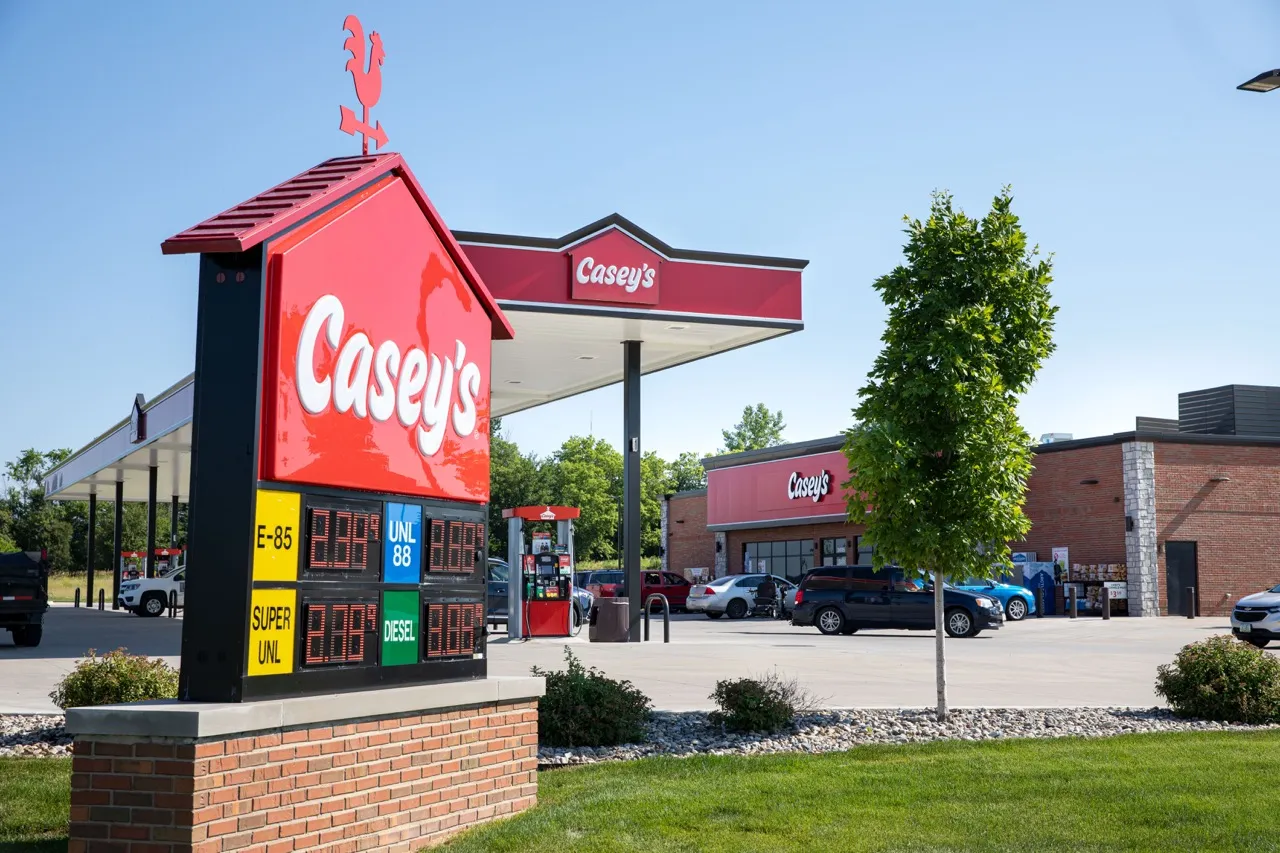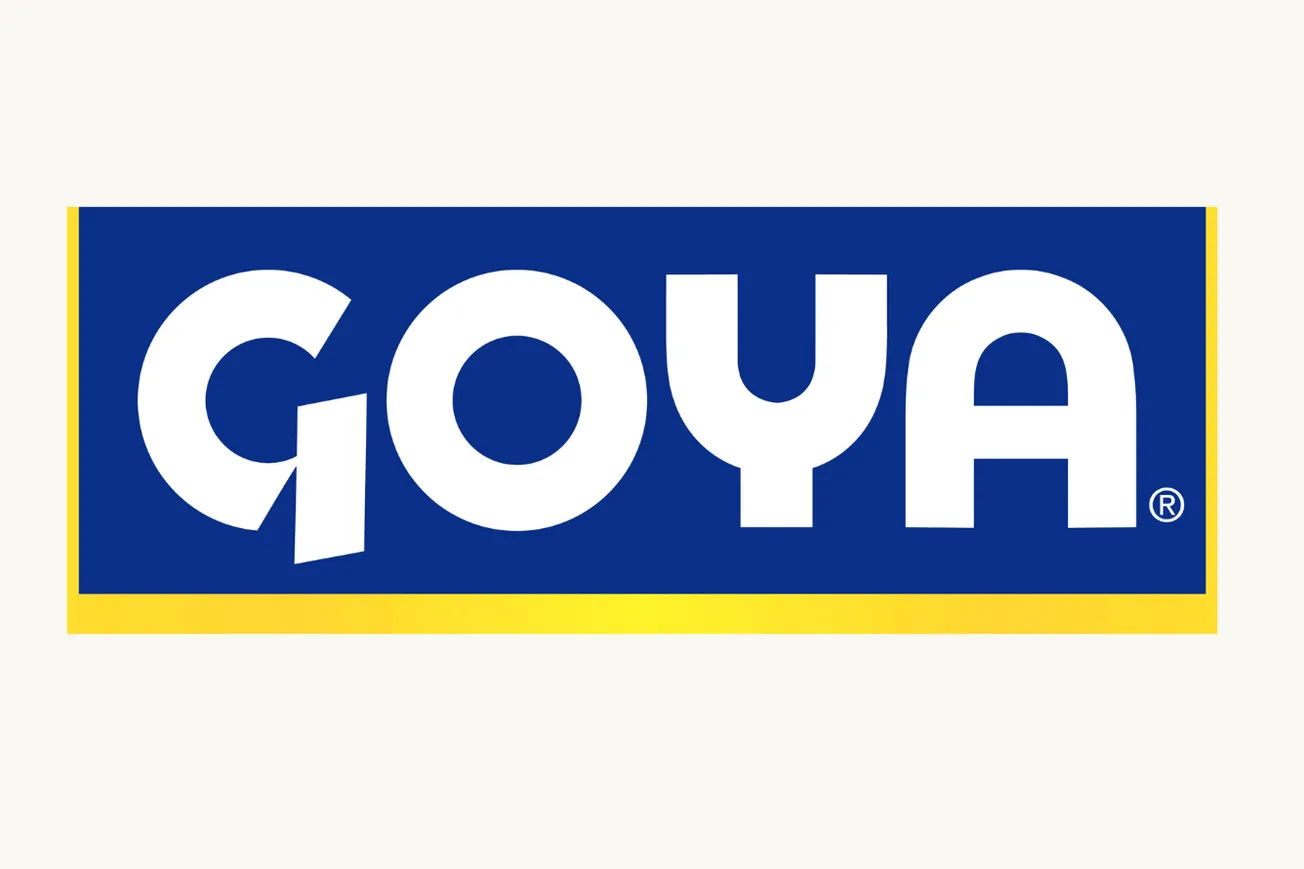Look for increased merger and acquisition activity in coming months. A variety of developments in the food, drug and discount store channels, together with some favorable macroeconomic factors, point to more deals.
Look for increased merger and acquisition activity in coming months. A variety of developments in the food, drug and discount store channels, together with some favorable macroeconomic factors, point to more deals.
The latest installment in PricewaterhouseCoopers’ quarterly series on M&As in the retail and consumer sectors highlights the emerging trend. The report shows that for deals over $50 million the value of such transactions jumped 112% in the third quarter of 2013 from the prior-year level to reach $25 billion. Much of the gain is attributable to three acquisitions of more than $1 billion, including Kroger’s $2.5 billion purchase of Harris Teeter. Another substantial deal in the grocery sector, Spartan Stores’ acquisition of Nash Finch for $774 million, is also noted.
The study’s authors assert that conditions are favorable for more transactions. They cite strong corporate balance sheets, low interest rates and a “healthy level” of private equity involvement.
Recent events in mass marketing retailing, particularly the supermarket trade class, where a relatively large number of regional players are still to be found, support that view. Consider Safeway: Already this year the company has sold its stores in Canada to Sobeys and started the process of divesting the Dominick’s chain in greater Chicago. And reports indicate that several investment groups are weighing a bid for Safeway itself. With industry leader Kroger in acquisition mode and Safeway, the No. 2 player, downsizing, more changes lie ahead.
Different forces are at work in the pharmacy business. The partnership between Walgreens and Alliance Boots and McKesson’s pending purchase of Celesio are intended to create global powers in drug distribution and retailing. If those deals live up to expectations, it’s very likely other prominent health care companies will be compelled to make similar moves in order to match the buying clout and economies of scale enjoyed by Walgreens and McKesson.
Even the discount store channel, in which there would seem to be little room for further consolidation, offers some intriguing possibilities. Sears Holdings could eventually be broken up and its assets sold off. And, if Walmart decides on a large-scale rollout of its Express store format, an acquisition would be one way to assemble the necessary real estate in one fell swoop.





